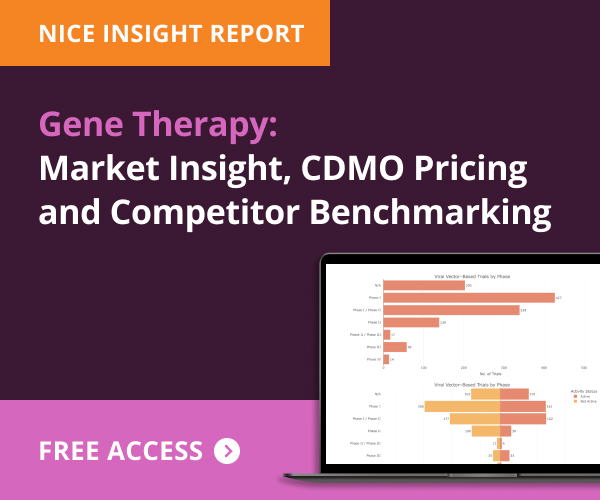The Breakthrough Issue Feature: Introduction
The Promise and Challenges of Gene and Gene-Modified Cell Therapies
The excitement generated by gene and cell therapies is warranted. The technology has the potential to be transformative for countless patients. The industry is being cautious, however, and rightly so, given the disasters that occurred in the early years when the potential to cure diseases overwhelmed careful science and led to loss of life.
In response to these tragedies, the pharmaceutical industry did what it always does — focused on developing advanced technologies that addressed the problems. And it continues to achieve further improvements in safety and efficacy as we speak.
The new wave of products advancing rapidly through clinical trials are creating a new challenge. Robust, efficient, cost-effective and — most importantly — scalable upstream and downstream processes are needed, as are rapid and reliable analytical methods. Efficient and secure supply chains, particularly for patient-specific treatments, must also be established.
On a more basic level, manufacturing capacity is in short supply and is viewed by many as the main roadblock that could prevent new gene and gene-modified cell therapies from reaching patients in need.
As before, all members of the value chain are committed to overcoming these hurdles. Investments in new capacity are announced on a regular basis, as are new process and analytical technologies.
If the pharmaceutical industry’s history of innovation is any indication, solutions will be found, and not only will people suffering from rare genetic diseases have new hope, but patients with all types of cancer and cardiac diseases and those diagnosed with Alzheimer’s, diabetes and other challenging disorders could benefit from novel regenerative medicines.
For a host of greater insights, please read on…


